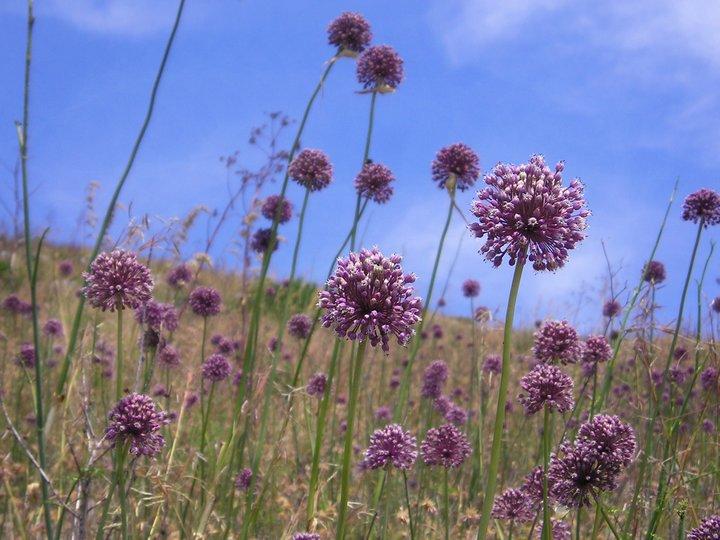Conserving diversity: Interactive Toolkit for Crop Wild Relative Conservation Planning

An interactive toolkit, developed by Bioversity International and the University of Birmingham, guides national programmes on planning the conservation of crop wild relatives as this valuable source of diversity is being threatened with extinction.
In the same way that books can have deceiving covers, plants too are often misjudged based on their appearance. While brushed off as worthless weeds by some, the value crop wild relatives contribute to food production has been estimated at US$115-120 billion per year worldwide.
Crop wild relatives are wild plant species related to a particular crop. Despite their unassuming appearance, these precursors of our crop plants are a potent and unique resource for food security. They hold the key to providing us with resilient and sustainable supplies of food, and are a promising weapon against climate change, pests and disease. Unfortunately, genetic erosion and environmental degradation are now threatening this precious resource with extinction.
As is to be expected, protecting crop wild relatives is no easy task. A coordinated, systematic and integrated in situ and ex situ approach to conservation is essential. The Sixth Session of the Governing Body of the International Treaty on Plant Genetic Resources for Food and Agriculture in 2015 emphasized the complementarity and importance of implementing both approaches in order to safeguard these precious wild plants.
Headway materialized in the form of The Southern African Development Community crop wild relatives project (2014-2016), co-funded by the European Union and implemented through ACP-EU Co-operation Programme in Science and Technology. Bioversity International and the University of Birmingham helped the process further with an Interactive Toolkit for Crop Wild Relative Conservation Planning to help guide, plan and implement active in situ and ex situ conservation of the wild crops at the national level.
A first of its kind, this toolkit covers all the steps involved in conservation planning of crop wild relatives, and facilitates systematic thinking on the processes required for countries, organizations and projects to develop a strategy. Produced with crop wild relatives in mind, this toolkit can also be applied to other categories of plant and animal genetic resources such as crop landraces or animal breeds.
The toolkit contains 13 modules, each corresponding to a different step in the conservation planning process. Every module consists of an introduction, methodology inclusive of an interactive flowchart, case studies demonstrating researchers’ experiences, references, and additional helpful resources. Registration is required before the toolkit can be accessed, in order to document the number of times and location where the toolkit has been used. Once registered, the toolkit is available both online and offline.
The toolkit is developed principally for those responsible for planning and implementing national strategies, such as national agricultural or environmental agencies. Other stakeholders including NGOs (e.g. farmers’ organizations), local institutions (e.g. genebanks, universities, research institutes), and scientists will find the toolkit to be a useful resource on crop wild relatives and their in situ and ex situ conservation.
Though often eclipsed by their domesticated parallels, crop wild relatives cannot be ignored. Untended by humans, they continue to evolve in the wild, developing traits that can help cultivate more resilient, nutritious and productive crop varieties. Hence, their conservation is vital and this toolkit is a timely guide for national programmes on the next steps of conserving national crop wild relative diversity.
For any questions/clarification about the functioning or use of the toolkit, please contact Ehsan Dulloo, Bioversity International (email: [email protected]) and Joana Brehm, University of Birmingham (email: [email protected]).
Access the toolkit here.
